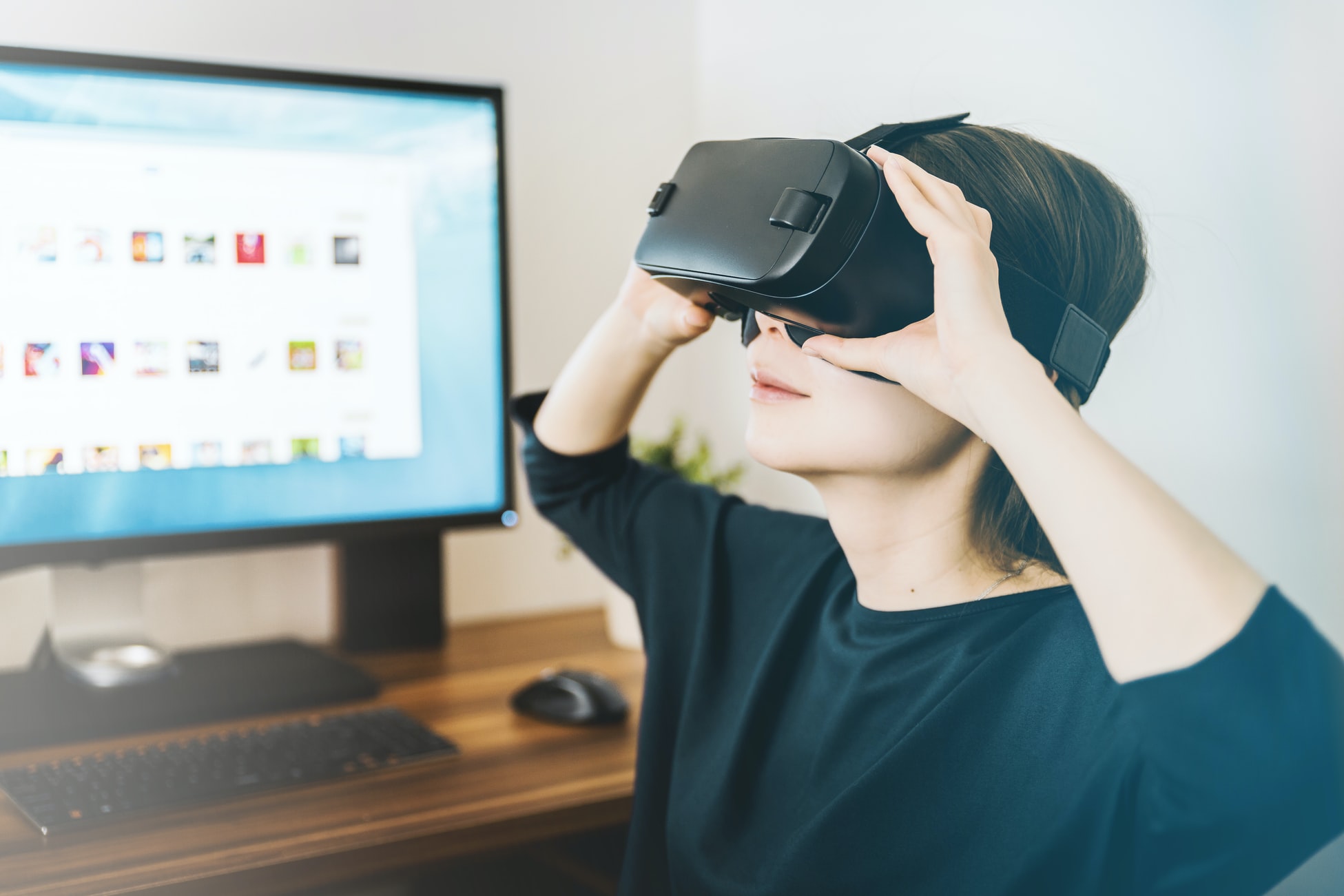Virtual reality (VR) games have transformed the gaming industry and stolen the spotlight in recent years. If you are not aware of it, you are seriously missing out on some fun. VR games with a VR headset create a computer-generated virtual environment to give the gamer a feeling that he is present in the game’s world. Whether you are playing a single-player game or a multiplayer shooting game like Contractors VR, you can play it in your home or visit a gaming arcade.
There are specific terms that VR game players use. Here is a list of some of those terms.
Field of View
In virtual reality, a field of view or FOV is the amount of the game world visible to the player in the displays. A headset with a wide FOV allows a player better immersion. When you are buying a headset, check if it has a broad or small FOV. With a small FOV, you will notice a black border surrounding the lenses when you look through them. This border is nothing but the space inside a headset, around the lenses, and it may give the impression that you are looking at the virtual world via a pair of glasses.
Inside-out tracking
In inside-out tracking, in-built cameras from the headset keep track of the movement outside from inside. Modern-day headsets usually display this feature, which uses advanced simultaneous location and mapping algorithms to assess the physical environment around the person wearing the headset and playing the game.
Latency
In general terms, latency is the delay between an input and the response. In VR games, it is the delay between the user’s input through the controller, the movement of the head or other procedures, and the response visible on the headset display. You can opt for low latency if you have a tendency of nausea while using VR headsets. Nausea is most intense when the delay between movement and display reaction is more.
IPD
Interpupillary Distance or IPD is the distance between the center of two pupils. People with different IPDs can feel differently depending on a headset’s optical design. When the displays and lenses are not aligned before your pupils, you might see blurred images, increasing the chances of nausea or headache.
In some headsets, the display panels and lenses are placed directly in front of the pupils by physically adjusting the IPD. You may also get headsets with software adjustments to make up for this distance variation.
Resolution
The vertical and horizontal measurement of a display of an image in pixels is called resolution. With higher resolution, you can avoid pixelation, jagged lines, and screen door effect (the mesh-like view of an image in pixels when looked at from a close range).
Controllers
Some headsets come with a pair of controllers, one for each hand, enabling tracking with the inside-out system. Other VR headsets require move controllers and those that do not need one use a controller with a console. You can also find controllers that strap around the palm and the knuckles to allow complete release. They can detect your grip’s pressure and your finger movements accurately.
Now that you have learned some terms commonly used in VR games like contractor VR, it is time to choose a headset and start playing a virtual reality game.









